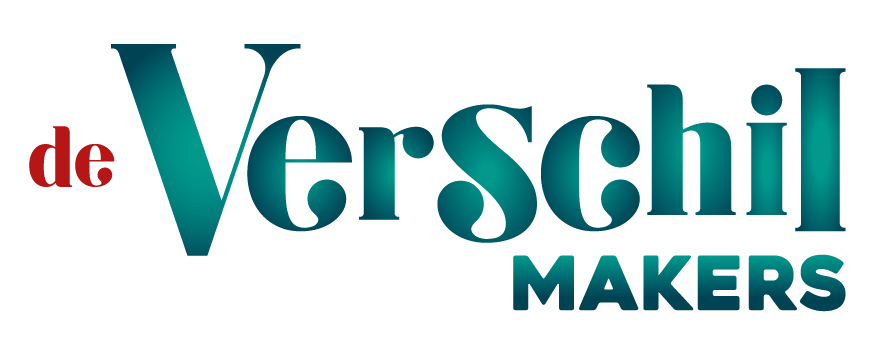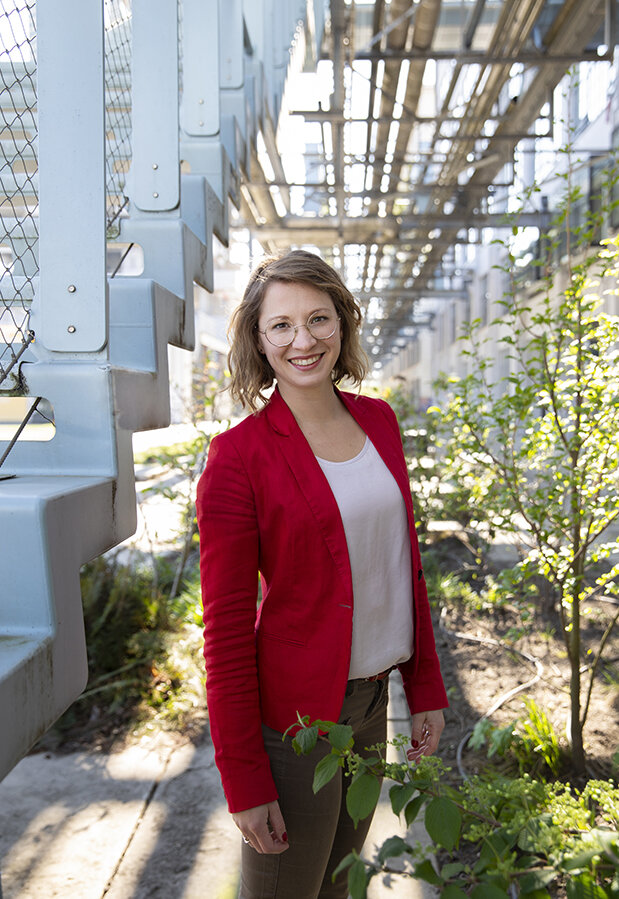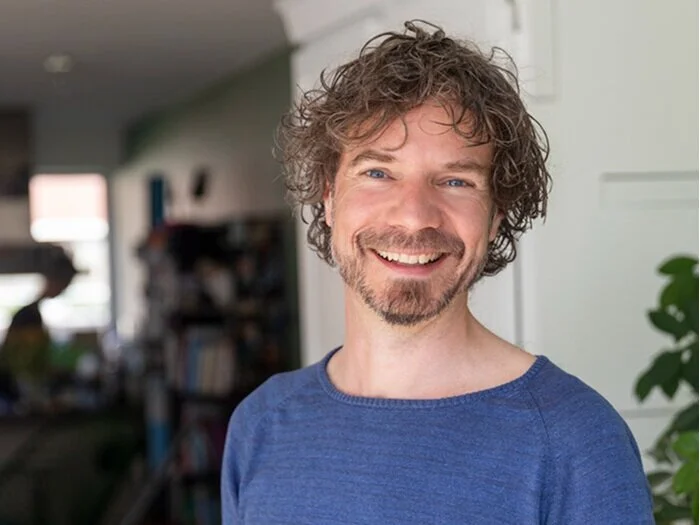Circular design for healthy people and a healthy world
Mirjam van Laarhoven - Senior Design Strategist
Mirjam’s sustainable design career began when she was young in her father’s shed jam-packed with old materials. Later at Philips, she discovered the ‘golden system’ of the circular economy and, with that, became a believer. Nowadays, she ensures that the materials in all her designs can be used for as long as possible while preserving the highest quality.
How and why did Philips get started with circularity?
Years ago, Philips identified a market for large second-hand medical devices, which prompted us to launch a line of refurbished MRI and CT scanners. Scanners back then were not developed according to circular design principles, but they did meet several preconditions for a successful circular business model. Firstly, they have a high purchase price and financial (residual) value. Secondly, we know where they are physically and the group of people that need to be persuaded to opt for a renovated product is relatively limited.
The challenge is to design scanners that are increasingly circular because that is what allows you to meet the demand for the best of the best given that the equipment is easy to repair and update. As a designer, you can certainly take the initiative to tackle this challenge. But in a major company, you’ll have a greater impact if circularity is embedded in the processes and systems.
The Philips CEO has set targets that are significantly benefiting circularity. From 2020, we started repurchasing all the large Philips systems that are offered to us, and 15% of all sales must come from circular products. This is just one of the targets for the ‘Healthy People, Sustainable Planet Programme’ developed by Philips. This programme means that everyone will be involved with circularity, not just the pioneers and enthusiasts. The spirit of the times also helps. Today’s clients and employees expect circularity from a company.
In your view, what is circular design?
For me, it is designing products where materials are used for as long as possible while still preserving their quality. The fact that the product will be used multiple times must be taken into consideration during the design process. The product is designed to be returned, reused and recycled.
For me, circular design is primarily about thinking ahead logically to develop something that is good for the user and the planet. Philips has created an internal Circular Design training course to raise awareness and promote a sense of responsibility. This course helps designers automatically factor circular decisions into their design process
What is the designer’s role and responsibility?
““For me, circular design is primarily about developing
something that’s good for the user and the planet.’””
Designers should not only take advantage of their freedom to make decisions about sustainability, they also should explain these decisions. For example, if, as a designer, you opt for 100% mono-materials and one type of screw, then explain why you made this choice. Invite your colleagues throughout the chain to be part of your story, inspire them and teach them to think and act differently. The designers are perfect for this role. They have the space to look beyond a marketer or a client, for instance. Therefore, they have the responsibility to seek out model propositions and to translate these into an individual design while asking questions, such as: “Why do we deliver a scanner that has a specific warranty term?” or “Why not provide an unlimited warranty?”
Which circular design principles do you employ, and how did you decide on these?
We routinely hire graduates of technical universities and one of the projects resulted in a circular decision tree. Among other things, this decision tree ultimately resulted in eight circular business models and eight circular-ready design strategies that are currently being rolled out via training sessions at Philips and will soon be mandatory. For a particular business model, one design strategy may be a better fit than another. Our decision table helps designers choose the right strategies. For example, to reuse goods that were returned while still under warranty, it’s important that they be easy to clean, whereas this is not a consideration for software propositions or recycling.












